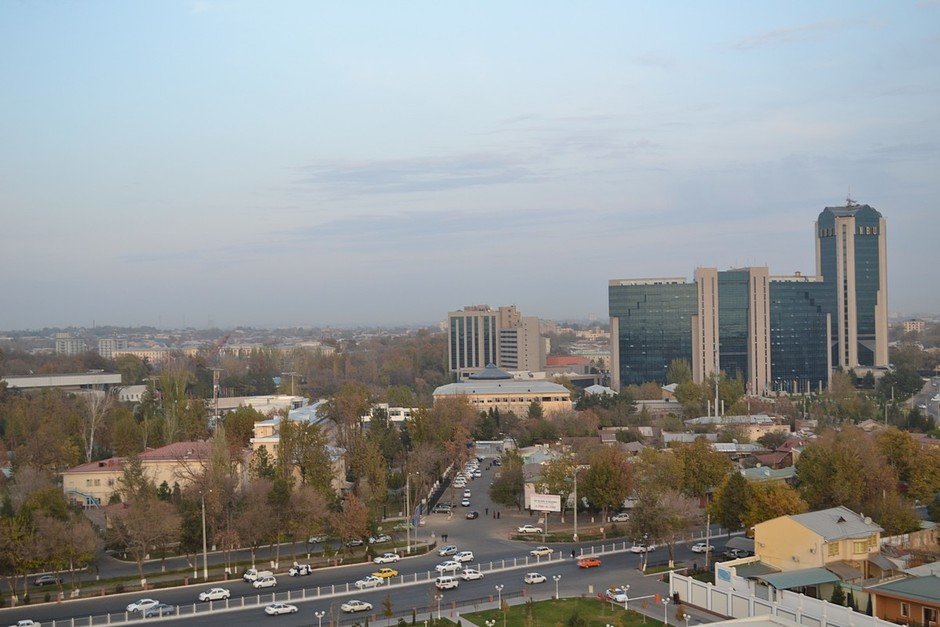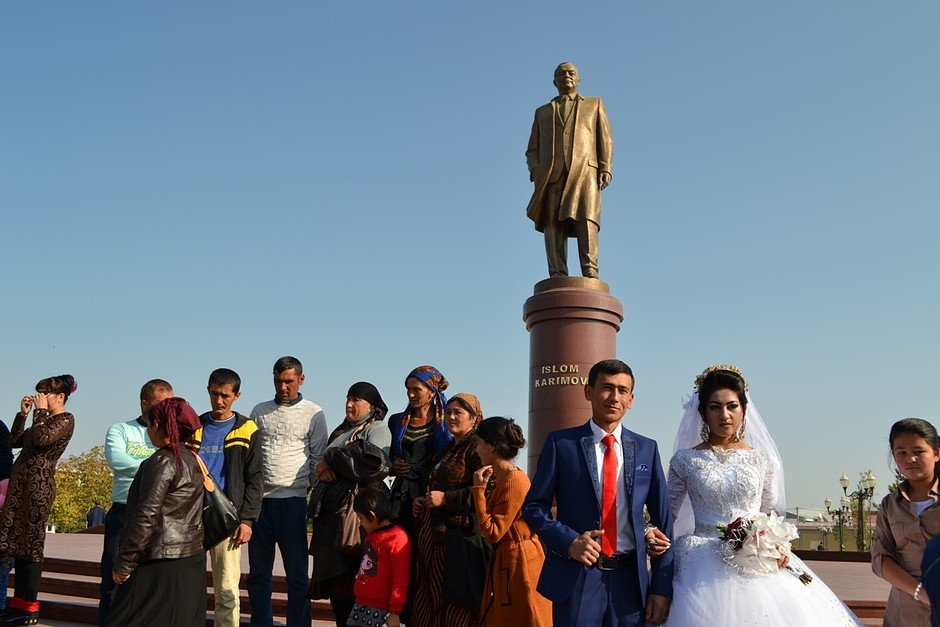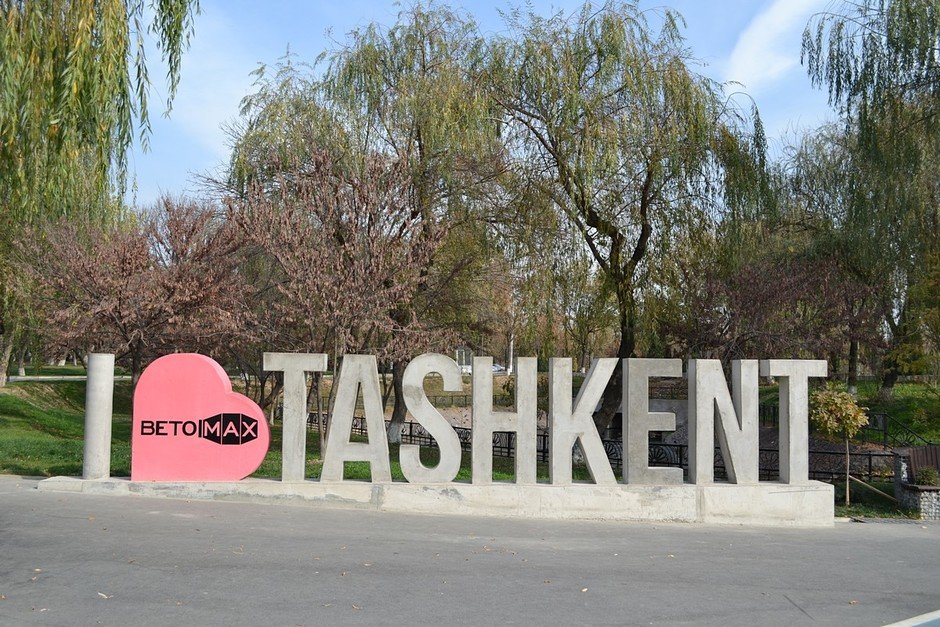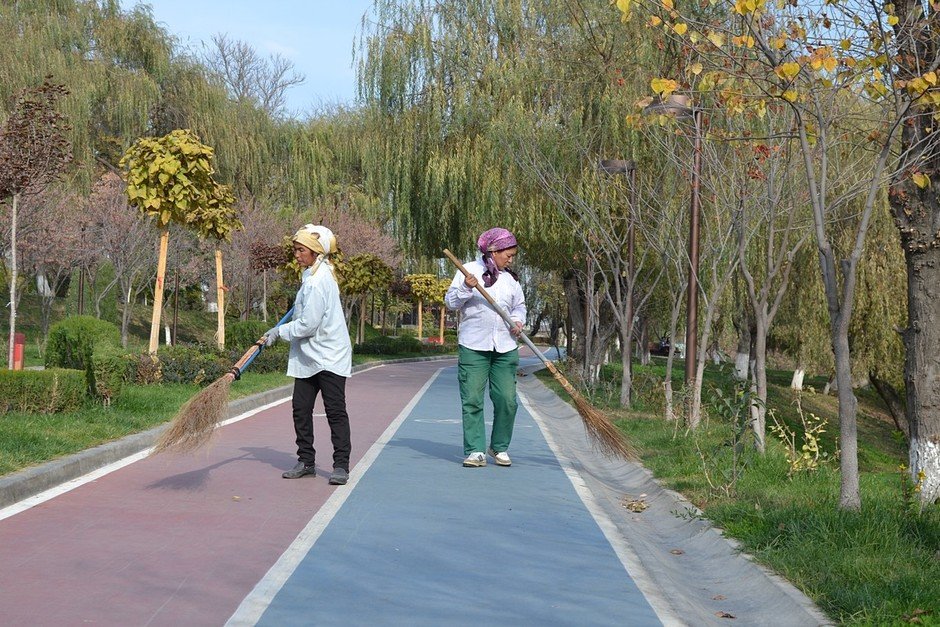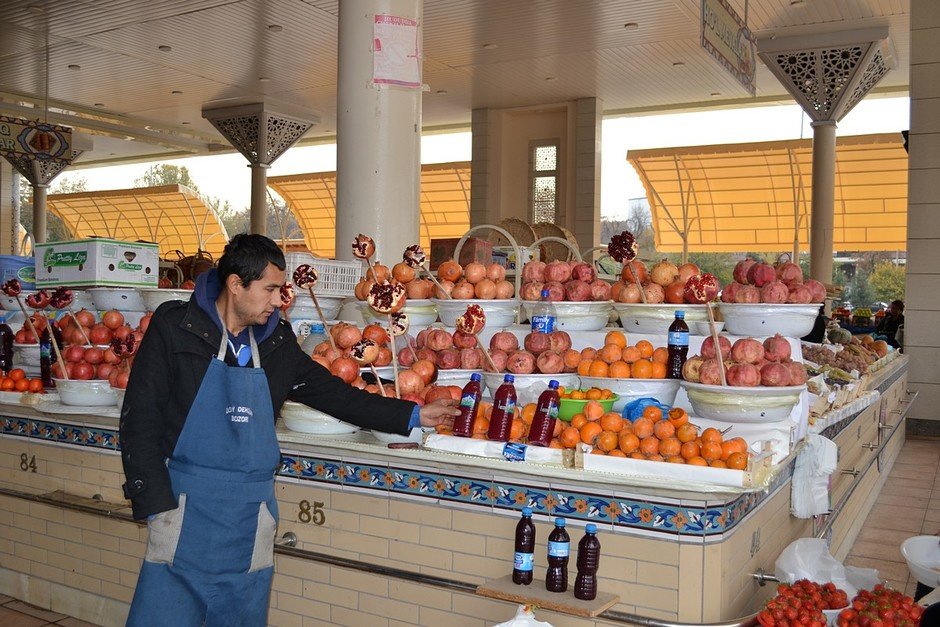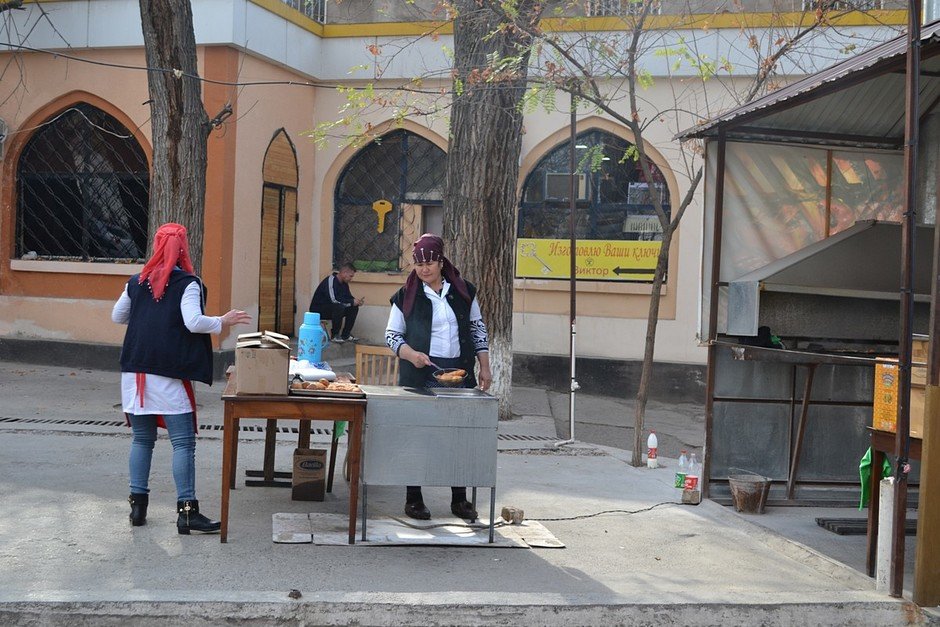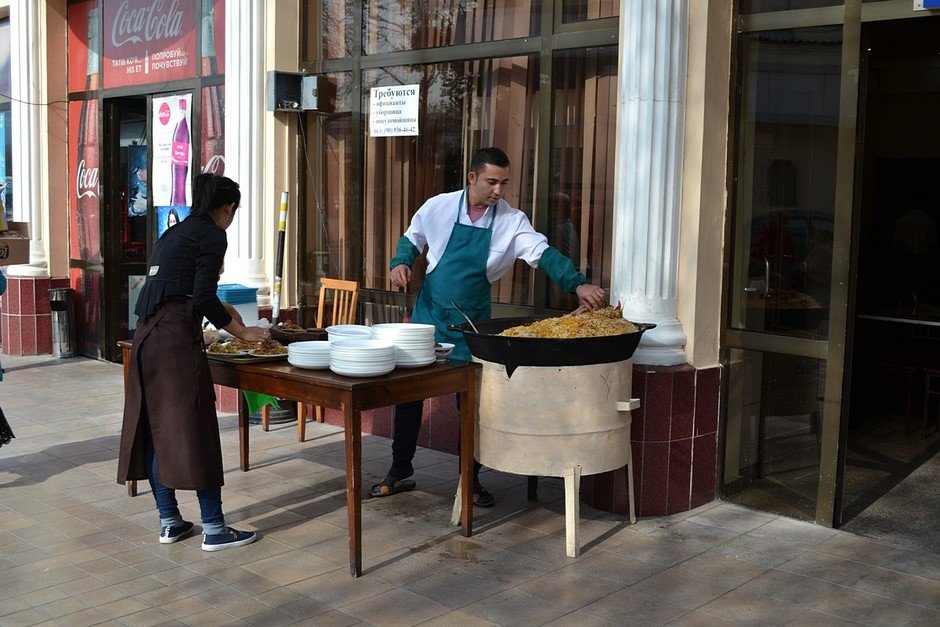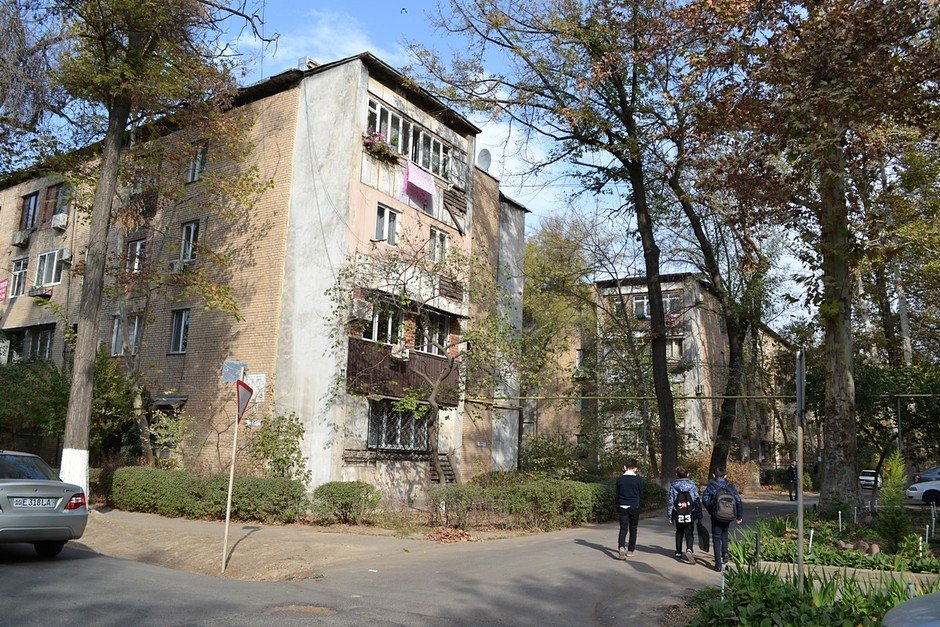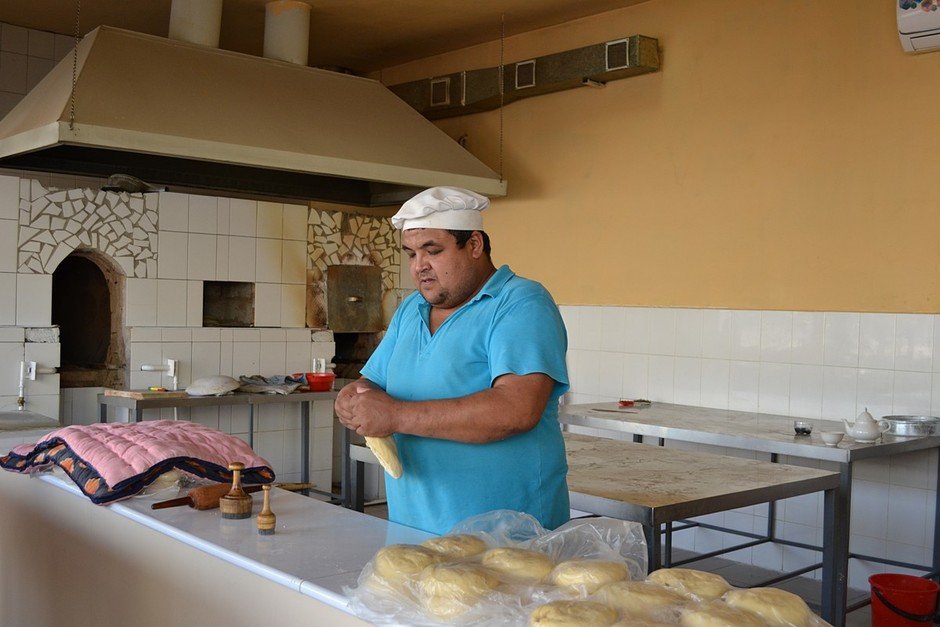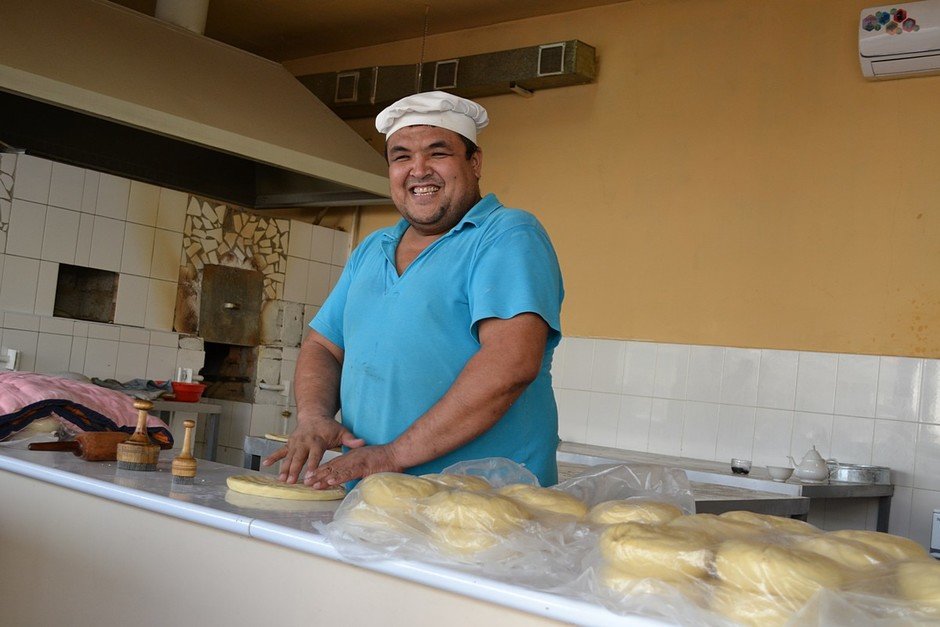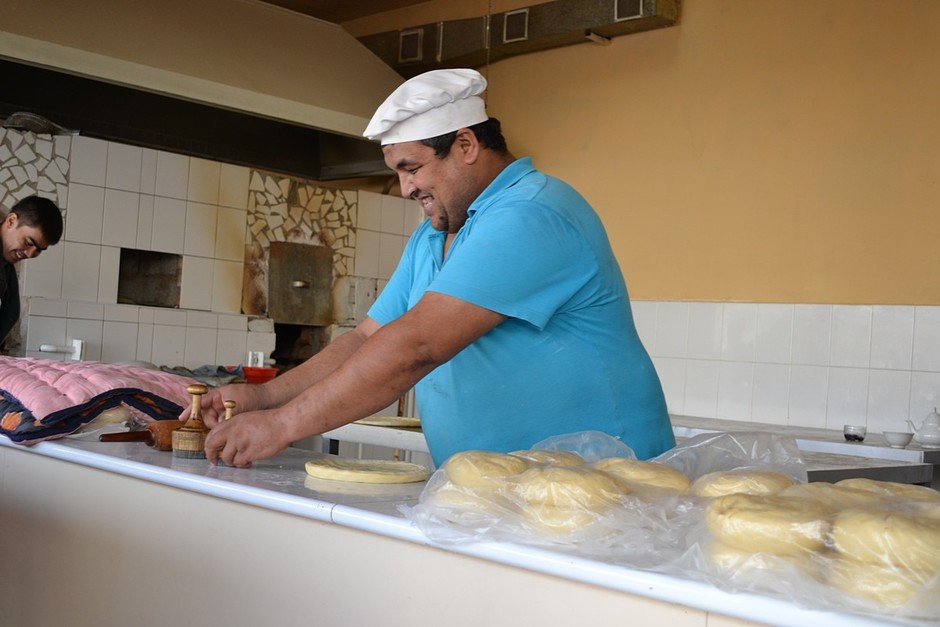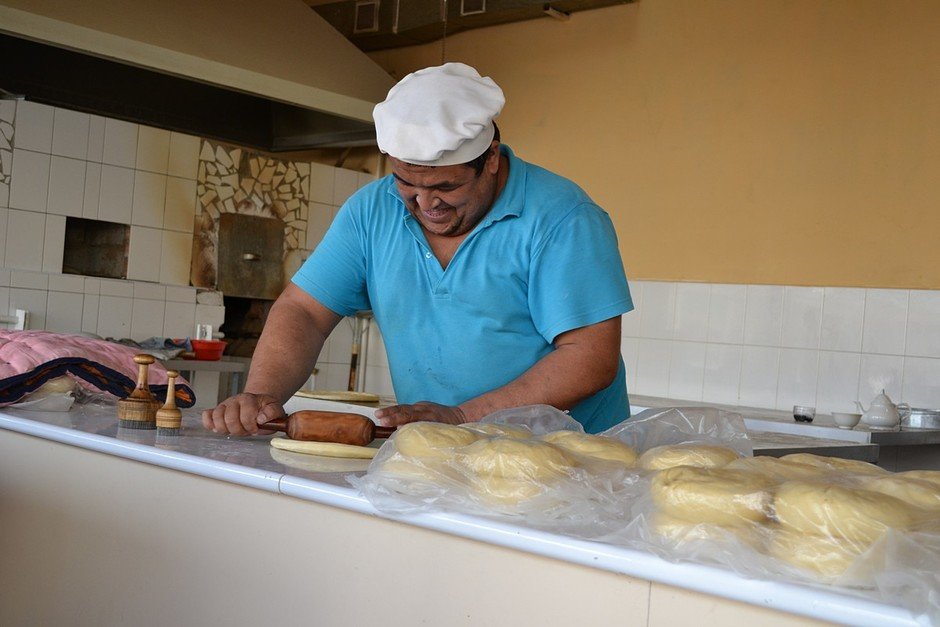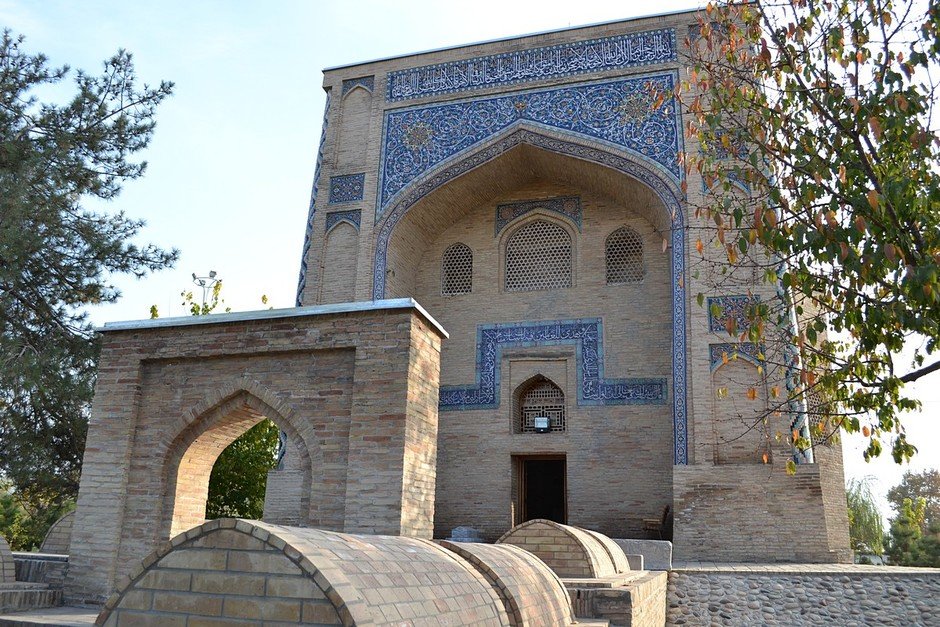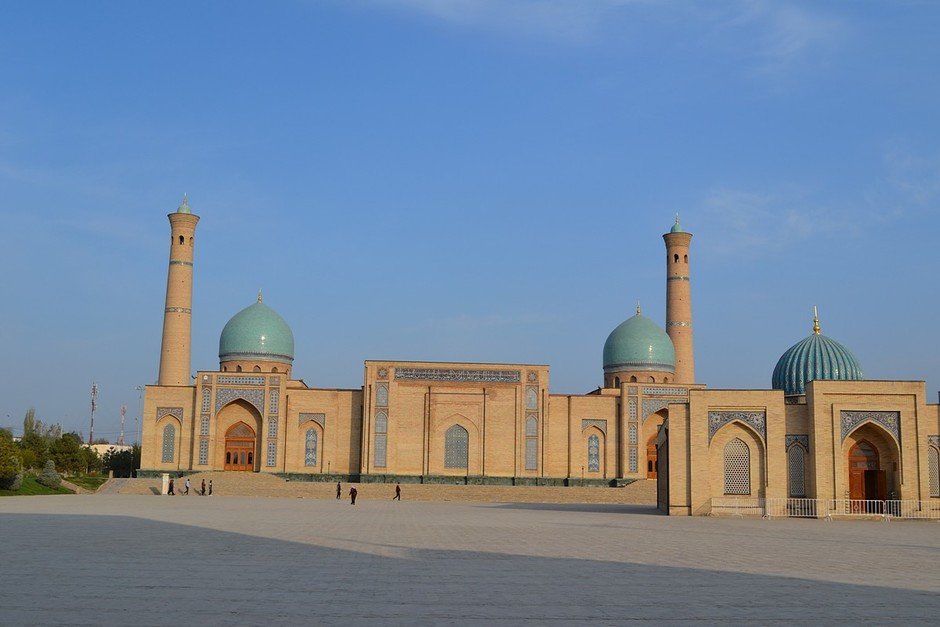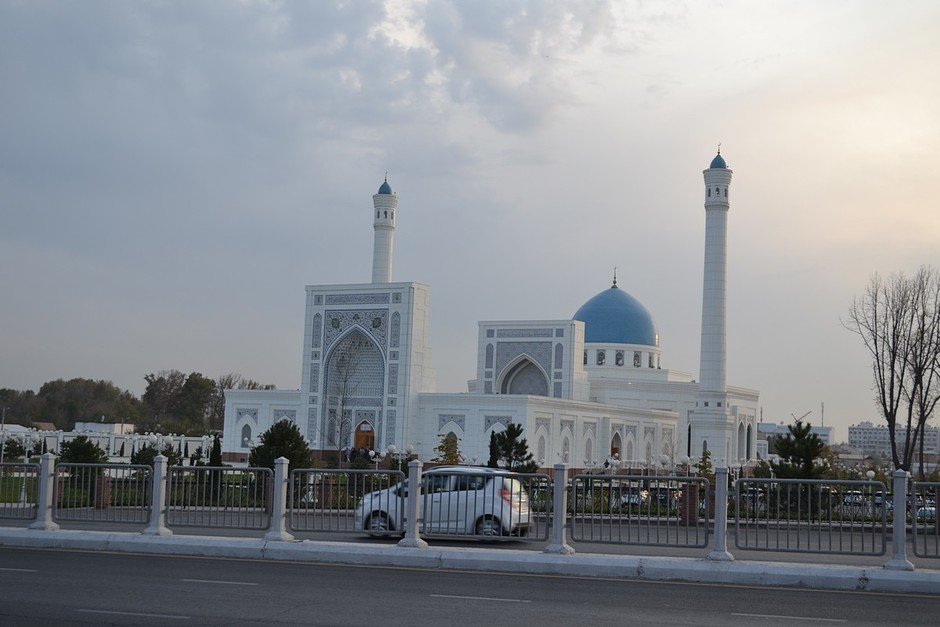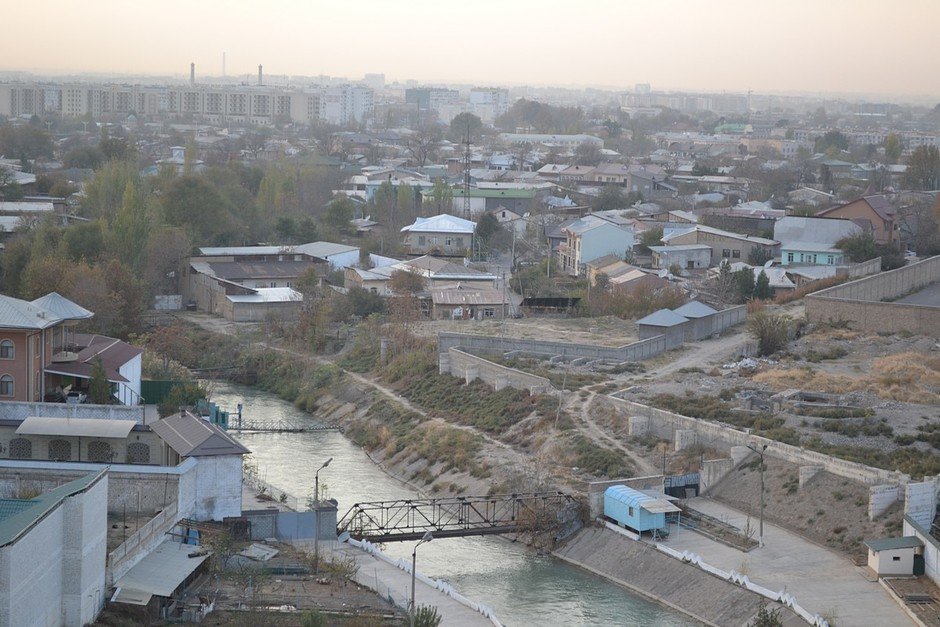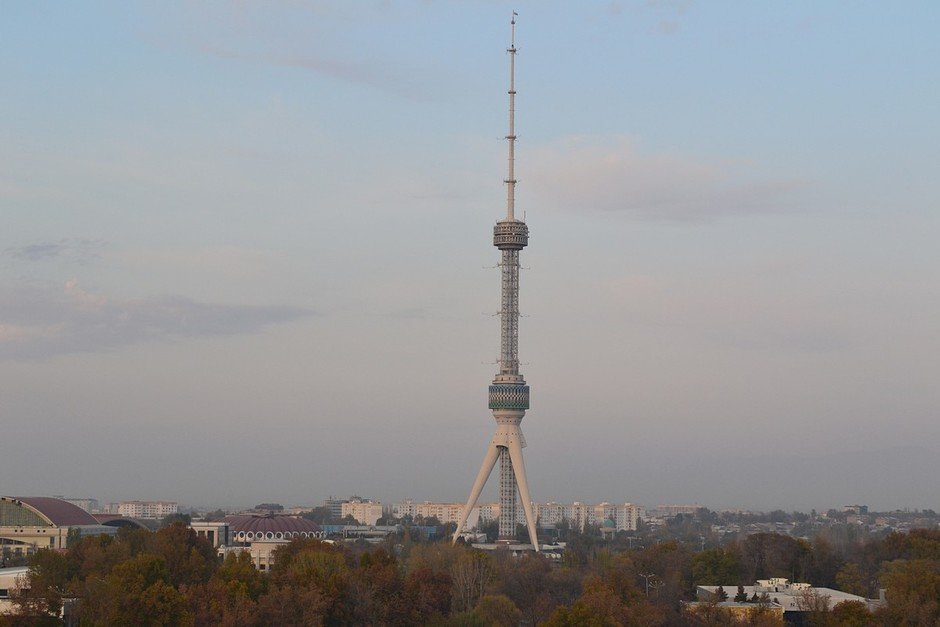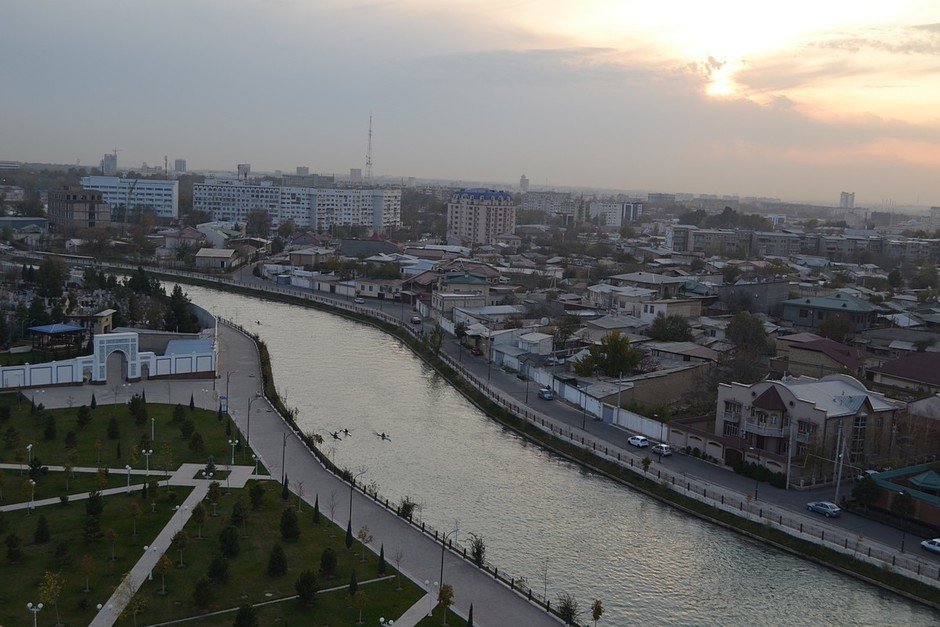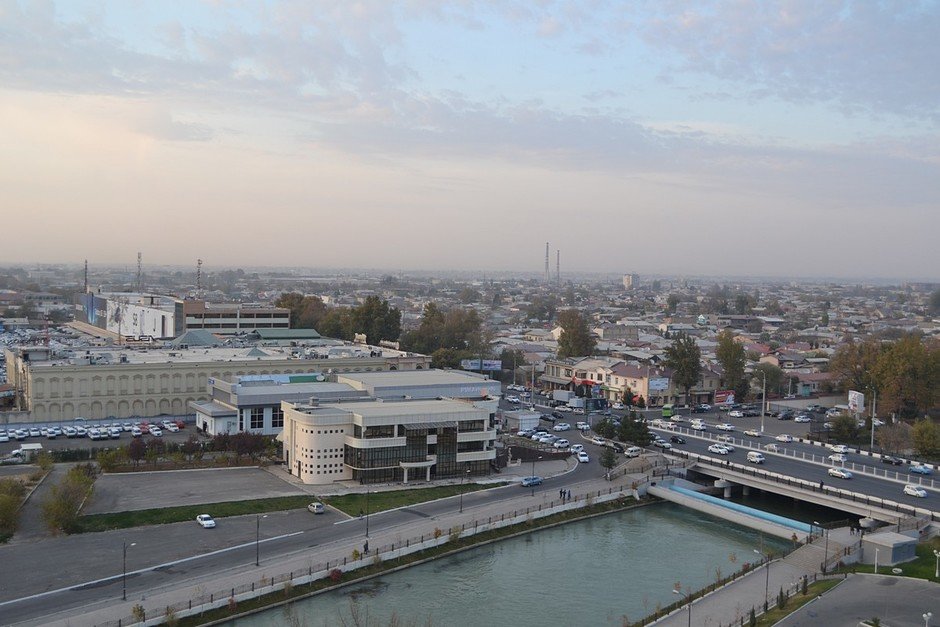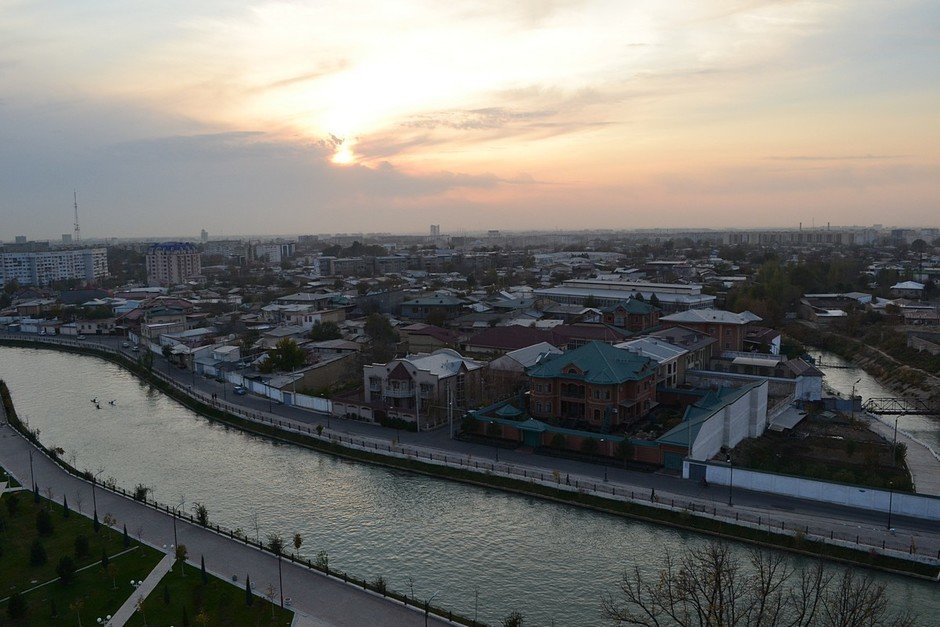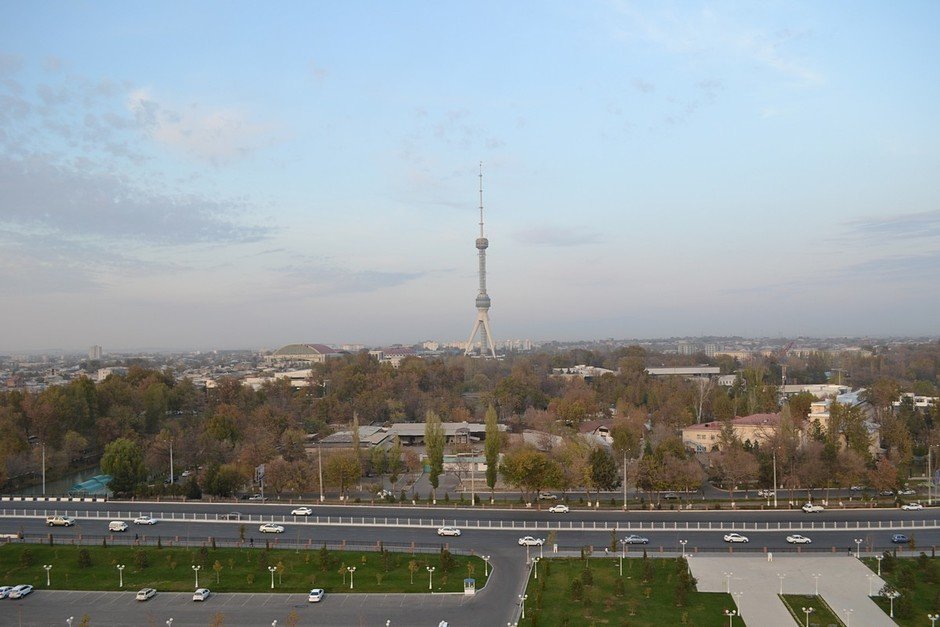Mirziyoyev's Uzbekistan: from unexpected independence to scheduled opening
Report from post-Karimov Uzbekistan. Part 3
We publish the final part of our reporter's notes about Uzbekistan that is going through a post-Karimov ''thaw'' (see part 1 and 2). What's the management style of the new president? Does it really contradict the previous course?
Logical continuation of Karimov's diversification
The modern politics of Uzbekistan on tourism development is nothing but a continuation of the diversification of economy launched under Islam Karimov. Thanks to this diversification, cotton stopped being the main Uzbek product. While deindustrialisation took place in Russia, new industrial capacities were created in Uzbekistan with foreign companies. As a result, a big part of automobiles on the streets are of Uzbek origin. Phones, TVs, other electronics and household appliances are of local Artel brand. The course on self-sufficiency did not solve all problems of the economy, now reformation of the car industry and other sectors is discussed at the state level. In any case, Uzbek achievements and mistakes in import substitution are worth careful examination in Russia where it's told a lot about it.
Many established practices need to be changed, so that the tourism industry will go up in Uzbekistan. A friendlier culture of state servicing in the customs is needed. Cheaper tickets, inexpensive hotels and hostels are needed. Samarkand and Bukhara are the first candidates for having a share in the new sector. Khiva is next in line – it's the historical centre of ancient Khwarezm. Local sources say that Afrosyab train that connects major centres of Uzbek tourism will reach Khiva in 2 years already. Now hotel infrastructure is intensively created there, the historical heritage is restored, and French and Australian archaeologists are looking for new historical monuments together with their Uzbek colleagues.
Why is Tashkent more interesting than Samarkand and Bukhara?
The capital city Tashkent is in search of its unique tourism brand. There are excellent conditions for Islamic ziyarat tourism. Having visited memorable places of Bukhara and Samarkand, Muslims from other countries will go to see the Samarkand Kufic Quran with pleasure — it is the most ancient Quran in the world that is kept in Khazrati Imom religious complex here. Arabic letters in the Kufic script in the parchment with traces of blood – such a relic can impress even unbelievers (it's holy caliph Uthman's blood who was killed in 655). But the image of Tashkent isn't limited to Islamic holy sites and ancient history. First of all, the city's novelty and modernity that Samarkand has less and Bukhara has just a bit is interesting. Even Muslim pilgrims from Asian countries feel it – having come to the capital, they, as usual, go shopping.
Most parts of Tashkent were destroyed by an earthquake on 26 April 1966. The city was restored by the entire Soviet Union with the socialist bloc countries. The best architects and design organisations were used to create Tashkent's new appearance. The city has been the centre of a huge number of unique buildings in the style of Soviet modernism that's in vogue now since then. In addition, glass and concrete constructions compulsorily have Uzbek motifs. The Tashkent circus, the puppet theatre, Istiklol concert hall, exhibition hall and TV tower can be points of a long excursion. Soviet urbanism and architecture may be close to somebody, others feel an affinity for the general nostalgia for the USSR. The national style that appeared during independence can be presented in a no less interesting way. But it seems that very citizens of Tashkent did not completely understand what richness they have and play on the others' side trying to look like eastern Samarkand and Bukhara.
Shavkat Mirziyoyev's clear rules
Tourism development is linked with general liberalisation that arose when Shavkat Mirziyoyev came to power. It was possible to assemble cars and TV in a closed country. Some freedom, transparency and clear game rules in all spheres are needed to receive guests from all over the world.
The most noticeable reform of the new president directly affects foreigners. All online guidebooks unanimously write that Uzbekistan has two dollar rates against Uzbek sum. The official rate is 4,000 sums per dollar. But it's impossible to exchange money at this rate. The bazaar rate (I exchanged in a market) is over 8,000 per dollar. It's illegal, in fact, but affordable though. The difference between the rates was a fruitful environment for fraud and seriously reduced the country's reputation. In September 2017, the president ordered to introduce a single rate at about 8,000 sums and announced currency exchange freedom.
The enrolment reform affected many Uzbek families. Earlier the parents of students who got points to enter a university turned to corruption schemes. Huge sums remained in pockets of insiders. Mirziyoyev's administration introduced super contracts, so that this money would reach the budget. The applicants who lack points can become students by paying two, three or ten times more for the first year. The less point they have, the higher the contract's price is.
International analysts have already noted warmer relations of official Tashkent with Kyrgyzstan and Tajikistan. It seems that ordinary citizens of Uzbekistan are more interested in the return of disgraced singer Yulduz Usmanova to TV screens. The society received the appointment of popular singer Ozodbek Nazarbekov as deputy culture minister with more approval.
Despite stereotyped expectations, it's not easy to find the president's portrait on the Tashkent streets. There is a monument to Islam Karimov in Samarkand, his homeland. Newly-weds take photos at the foot. Portraits of Karimov and Mirziyoyev can be seen in souvenir shops, touching parade family portraits of the owners stand next to them. There aren't seen any billboards with mottos. When asked the locals, they answer: ''Why? There aren't any elections now.''
Long life of Uzbek Cyrillic alphabet, Russian show business and pilaf
An opinion that the link between our country and Uzbekistan is maintained on two factors – labour migrants and the older generation that remembers the USSR – is also spread in Russia. Being in Uzbekistan, you understand the big picture is by far more complicated.
The Russian language is taught at all schools, including where the Uzbek language is the primary language. Studying at Russian-speaking schools is considered prestigious. The number of Russian letterings and pointers is noticeable on the streets. Even new street projects like Tashkent Zoo (with bicycle lanes and a shop for vipers next to them) are accompanied by bilingual Russian-Uzbek pointers. English is seen more in historical sightseeing points.
Even if the Uzbek alphabet switched to the Latin script in 1993, the Cyrillic alphabet that was used in the USSR is still spread. It's used in newspapers and magazines (in the Uzbek language!), outdoor advertisements, advertisement on screens. It seems sometimes that the Cyrillic script dominates over Latin outside official establishments. In other words, the new alphabet did not manage to completely drive the old one out in 25 years and had to coexist with it – in an independent country. It unwillingly makes to think about the Tatar alphabet's prospects for possible latinisation.
Having their own developed music industry, the Uzbeks love Russian pop music. Only about 2 hours passed after we were in Uzbekistan, and we heard Elena Vayenga's familiar voice. I had a chance to see jubilees of some of the locals out of the corner of my eye where Ivan the Terrible from Gaidai's comedy was dancing with princesses in the show. Tamerlane's descendants received Ivan the Terrible with affection. Uzbekistan is even ready to rank their own cuisine according to our show business rules. ''Pilaf is served at the end of the wedding like Kirkorov at the end of the concert,'' says the popular Eastern saying of the 21 st century.
Time to get rid of self-isolation
Such an attitude to Russia and Russian culture is based on the recent past. The way of Uzbekistan towards independence is different from that of Baltic states. When the USSR approached the finishing line, the local elites wanted to separate the least. They wanted just more independence in the renewed Union. But it was like it was, and self-isolation was the answer of Uzbekistan to the collapse of the Soviet system and unpredictability of the future.
After a peaceful transition of power from the first president to the current one took place in 2016 (it had no conflict by Middle Asian standards), the country had a possibility to become more open. All possible ways are used: they have a common former country like in case of Russia, common religion and language for Turkic countries, economic benefit and simple human friendship. The last factor is provided by Uzbek mastery to receive guests in surplus.
